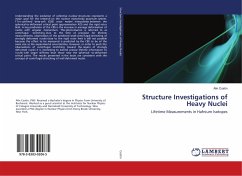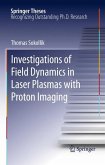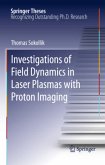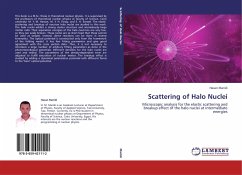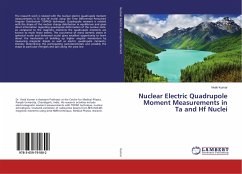Understanding the evolution of collective nuclear structures represents a major goal for the research on the nuclear many-body quantum system. The confined beta-soft (CBS) rotor model interpolates between the spherical-to-deformed critical point approximation X(5) and the rigid rotor limit. A key prediction of the CBS is the increase in average deformation of nuclei with angular momentum. This phenomenon is referred to as centrifugal stretching. Due to the limit of precision for lifetime measurements, observation of the predicted small centrifugal stretching of strongly deformed nuclei close to the rigid rotor limit is still not possible because the effect to be measured is predicted by the CBS to be of the same size as the experimental uncertainties. However, in order to push the observations of centrifugal stretching toward the region of strongly deformed nuclei it is interesting to extend precise lifetime information to nuclei with larger stiffness than those near the spherical- to-deformed critical point. The results presented in the book are consistent with the concept of centrifugal stretching of well deformed nuclei.

